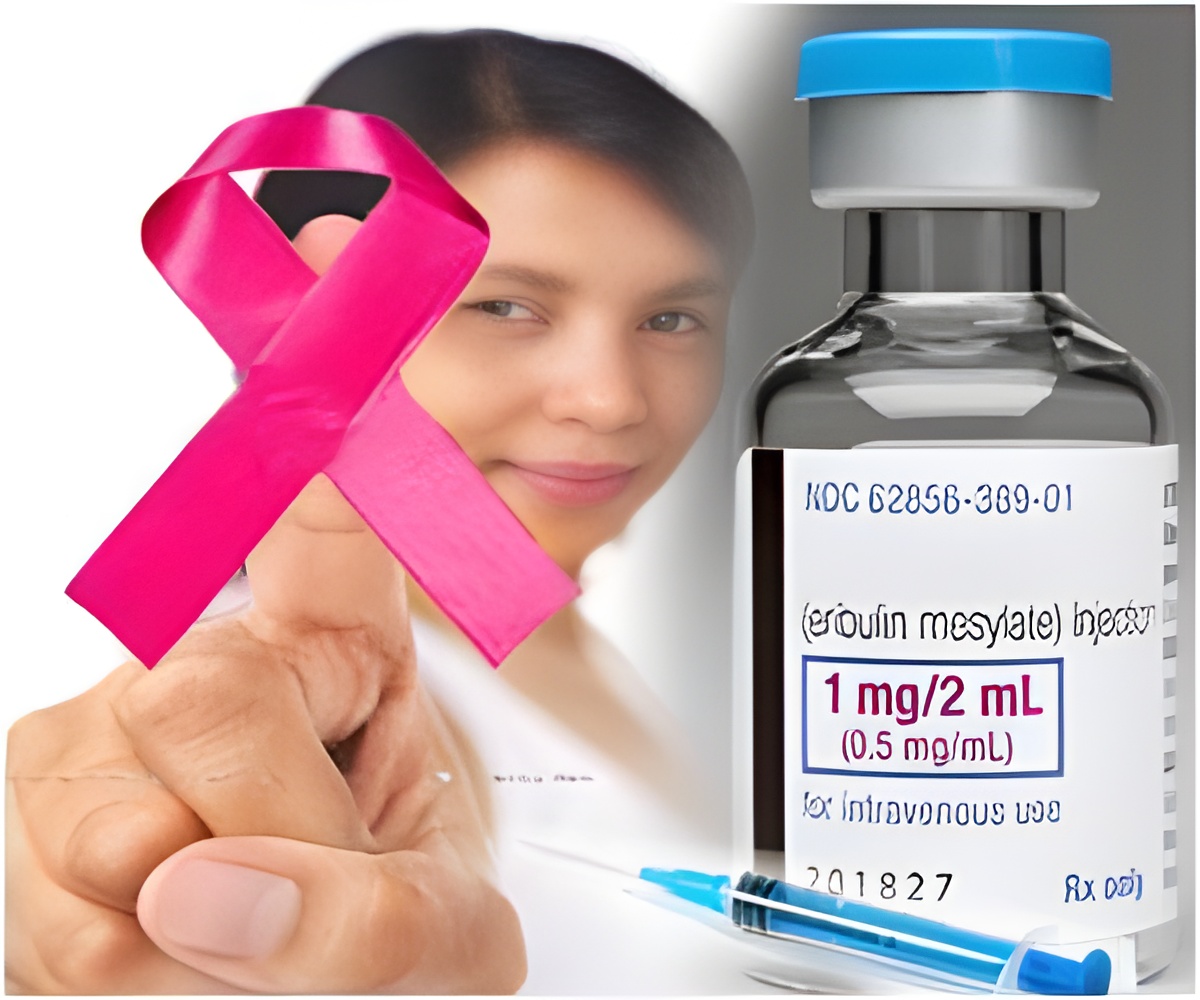
"This is the first demonstration that adding a second anti-HER2 therapy, lapatinib, to trastuzumab is superior to trastuzumab alone in patients with early breast cancer," says José Baselga, MD, PhD, chief of Oncology at Massachusetts General Hospital (MGH) Cancer Center, who led the study. "It opens up the concept of dual HER2 blockade as a better approach for patients with early, non-metastatic, HER2 breast cancer."
Approximately 20 to 30 percent of breast cancers are driven by overexpression of HER2, and such tumors are particularly aggressive. Both trastuzumab and lapatinib are agents that target HER2 and have been shown to improve the outcome of patients with HER2-positive breast cancer. Trastuzumab is currently approved in the U.S. for postoperative treatment and in Europe for both pre- and postoperative therapy; lapatinib is used in combination with chemotherapy for patients whose tumors have stopped responding to trastuzumab. Since the two drugs have different mechanisms of action, combination therapy is being investigated to reduce the development of treatment-resistant disease.
The current investigation – the NeoAdjuvant Lapatinib and/or Trastuzumab Treatment Optimization (NeoALTTO) study – enrolled 455 patients in 23 countries. Participants had early-stage, nonmetastatic HER2-positive breast tumors that had not yet been treated and were randomized to one of three treatment arms: anti-HER2 treatment with either intravenous trastuzumab, oral lapatinib or both for 6 weeks. For all participants the same anti-HER2 therapy was continued for another 12 weeks, with the addition of a weekly dose of paclitaxel (Taxol). Tumors were removed surgically within 4 weeks of the last paclitaxel dose. At the completion of surgery, patients received additional chemotherapy and then continued to receive the same anti-HER2 therapy, for a total of one year of anti-HER2 treatment.
More than half the participants receiving combined anti-HER2 therapy achieved a pathological complete response, which means is they had no visible cancer cells in pathologic samples of the removed tissue, a standard measure of the success of preoperative – also called neoadjuvant – therapy. Similar results were seen in less than a third of those receiving a single anti-HER2 agent. The impact of these protocols on patients' postsurgical survival will be reported in a future study. The authors conclude that, compared to the standard trastuzumab treatment, the combined approach statistically improved the rate of complete remissions.
"We are also conducting a companion study, comparing dual HER2 blockade to single-drug therapy in adjuvant [postoperative] treatment of 8,000 patients," Baselga says. "If that study's results confirm our current findings, the implications could be profound for the way we design clinical trials, suggesting that we could answer important questions with much smaller trials." Baselga is a professor of Medicine at Harvard Medical School. The study was supported by GlaxoSmithKline, which manufactures lapatinib.
Advertisement














